Menu
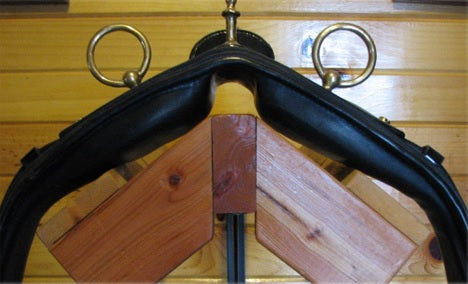
Gullet Clearance… What is it and Why is it Important?
You might hear an experienced carriage driver talk about gullet clearance on a driving saddle. This is because there are a lot of inexpensive harnesses on the market that don’t provide any spine relief in any capacity. A good driving saddle provides gullet clearance for any shape horse. Yes, it is true that you can gently bend the metal tree of a good driving saddle to help with driving saddle fit, but if the saddle either doesn’t have any tree or the gullet is very shallow or non-existent, no adjusting to the saddle and no normal padding will help keep the pressure off the horse’s spine.
 Now that you are familiar with what gullet clearance is, the space above the spine to provide support with no pressure on the boney spine, it should go without saying as to why this is important for a driving horse, especially a single horse put to a two-wheeled cart who is having to carry some weight of the vehicle on his back. The weight carried by a single horse put to a four-wheeled vehicle is negligible because of only having to carry the shafts, and those saddles don’t have to be as wide. Likewise, a pair horse put to a four-wheeled vehicle isn’t really carrying any weight at all on its back. A single horse put to a cart is carrying significantly more weight on his back, which is why traditionally a wide Gig Saddle was used with some two-wheeled vehicles.
Now that you are familiar with what gullet clearance is, the space above the spine to provide support with no pressure on the boney spine, it should go without saying as to why this is important for a driving horse, especially a single horse put to a two-wheeled cart who is having to carry some weight of the vehicle on his back. The weight carried by a single horse put to a four-wheeled vehicle is negligible because of only having to carry the shafts, and those saddles don’t have to be as wide. Likewise, a pair horse put to a four-wheeled vehicle isn’t really carrying any weight at all on its back. A single horse put to a cart is carrying significantly more weight on his back, which is why traditionally a wide Gig Saddle was used with some two-wheeled vehicles.
So, what type of harness saddles are available? We will start with the types that provide no gullet clearance whatsoever. A Jack Saddle is a part of a harness that spans across the back, is used on a draft style team (pair) harness and carries no more weight than that of the rest of the harness. Unfortunately, some people will take half of that pair harness, make some adjustments, add some parts, and viola, they have a single harness that was never meant to be used that way. A jack saddle is completely inappropriate for a single horse, as it provides no gullet clearance whatsoever. The weight of the shafts and the two-wheeled cart are borne by the jack saddle with the pressure on the spine. A lot of cheap harness saddles use the “pattern” of the jack saddle in their single harnesses. They don’t have much if any padding, and zero clearance whatsoever.
 A draft horse pair (team) harness with jack saddles. The saddles don’t bear any weight except of the harness itself when put to a four-wheeled vehicle with a pair of horses.
A draft horse pair (team) harness with jack saddles. The saddles don’t bear any weight except of the harness itself when put to a four-wheeled vehicle with a pair of horses.
The next type of saddle is what is commonly referred to as a Strap Saddle. It has no tree for support and just a little padding. They are typically imported, but there are some US manufacturers who are still making this saddle, unfortunately typically in mini size where the horse is bearing more weight pound for pound than its larger horse counterpart. When the horse is young and round, and the saddle is fairly new with little padding compression, this saddle might be “good enough” while not wonderful. As the horse and the saddle age, or if the horse is of the finer style with little backfat and a narrow ribcage, the structure of the saddle will again sit right on the spine. I have even seen saddles of this type where you can easily feel the steel nut holding the check (water) hook under the material of the saddle!
 A treeless strap saddle made in the same style as the draft jack saddle. I’ve seen enough of these cheap saddles that I can almost guarantee that I could feel the check hook nut through the padding in that saddle.
A treeless strap saddle made in the same style as the draft jack saddle. I’ve seen enough of these cheap saddles that I can almost guarantee that I could feel the check hook nut through the padding in that saddle.
 This is a treeless strap saddle where you can easily see and feel the nut or the butt end of the check hook through the bottom of the saddle. If you could feel this, it is solid steel and super hard. It also is right where the spine of the horse is when you place the harness on the horse. I HIGHLY suggest that you feel your own saddles for this hardware!
This is a treeless strap saddle where you can easily see and feel the nut or the butt end of the check hook through the bottom of the saddle. If you could feel this, it is solid steel and super hard. It also is right where the spine of the horse is when you place the harness on the horse. I HIGHLY suggest that you feel your own saddles for this hardware!
 Here is a close up of that same nut. This is a mini saddle and the horse had absolutely no space between it and the saddle. While it looks as if the padding of this saddle is below the level of the hardware, when the two-wheeled vehicle is attached, the weight of the vehicle compresses the padding and the hardware is now directly on the spine. This explains one reason why many people don’t have problems with their driving horse while line driving but will after they attach the cart!
Here is a close up of that same nut. This is a mini saddle and the horse had absolutely no space between it and the saddle. While it looks as if the padding of this saddle is below the level of the hardware, when the two-wheeled vehicle is attached, the weight of the vehicle compresses the padding and the hardware is now directly on the spine. This explains one reason why many people don’t have problems with their driving horse while line driving but will after they attach the cart!
 There are some treeless saddles that are padded appropriately to give the necessary gullet clearance. Some of these saddles can even have the padding adjusted to fit the horse more appropriately. The disadvantage of these types of saddles is that the harnesses for which they are made tend to be less traditional in styling and more “modern” looking, which may not be as desired in some judged competitions.
There are some treeless saddles that are padded appropriately to give the necessary gullet clearance. Some of these saddles can even have the padding adjusted to fit the horse more appropriately. The disadvantage of these types of saddles is that the harnesses for which they are made tend to be less traditional in styling and more “modern” looking, which may not be as desired in some judged competitions.
Historically, US-made saddles had a steel tree and short pads, and some saddles continue to be made this way. Our first saddle for our first driving horse was a well-made saddle, but just didn’t fit our high withered horse (the Pinto above). Even with the structure of the tree, the saddle still sat right down on his spine. We had to get a completely different saddle to increase his comfort and mobility. Thankfully, some harness makers have started working towards greater comfort for the horse.
 Typical well-made traditional leather saddle. This saddle will still fit some horses. If the horse is the narrower type, it can be adjusted by grasping the saddle with each hand below the saddle screw (green circles) and squeezing your hands together. To widen the saddle, set it face up on a hard surface protected by a soft cloth and push down on the check hook. If the saddle rack was an actual horse, this saddle would fit pretty well. The bearing surface is fairly flat and there is clearance above the “withers” below the check hook. I might consider narrowing it up just a little if you could imagine the wood support sides continuing up the rack (the red line). You want the bearing surface to match the same angle as the horse’s back. This saddle did not fit my well-sprung, high withered horse as by the time we widened it out to match the angle of his back, the gullet was so flattened, especially with the weight of the cart, that the saddle sat on his spine.
Typical well-made traditional leather saddle. This saddle will still fit some horses. If the horse is the narrower type, it can be adjusted by grasping the saddle with each hand below the saddle screw (green circles) and squeezing your hands together. To widen the saddle, set it face up on a hard surface protected by a soft cloth and push down on the check hook. If the saddle rack was an actual horse, this saddle would fit pretty well. The bearing surface is fairly flat and there is clearance above the “withers” below the check hook. I might consider narrowing it up just a little if you could imagine the wood support sides continuing up the rack (the red line). You want the bearing surface to match the same angle as the horse’s back. This saddle did not fit my well-sprung, high withered horse as by the time we widened it out to match the angle of his back, the gullet was so flattened, especially with the weight of the cart, that the saddle sat on his spine.
The Better Fit Saddle was created by Smucker Harness in 1996. My first introduction to the Smucker Better Fit Saddle was a result of the above saddle not fitting our horse. I asked Moses Smucker if we could get some sort of pad to help with the spine pressure, but he told me that no pad is actually going to fix the problem. The pressure will still be there, it will just be a little softer. Now there are quite a few harness makers who have recognized the importance of gullet clearance and have started to make their own form of the Better Fit saddle, but in my opinion, the Better Fit is the ultimate!
 Left: The Smucker Better Fit Saddle. The extra padding under the saddle terrets helps lift the saddle off the spine for ample gullet clearance. The padding extends down the sides of the saddle to disperse the weight of a two-wheeled cart over a greater surface area.
Left: The Smucker Better Fit Saddle. The extra padding under the saddle terrets helps lift the saddle off the spine for ample gullet clearance. The padding extends down the sides of the saddle to disperse the weight of a two-wheeled cart over a greater surface area.
Below: Some well-made “knockoffs” of the Smucker Better Fit that increase the gullet clearance with extra padding under the saddle terrets and extended padding down the skirts.


 So why it is so important for the horse’s spine to not have any pressure? Obviously, comfort takes a key role here, but even more important is the horse’s ability to move…and move correctly. Think about if you were pushing a full wheelbarrow. You are lifting with your arms [front end], but the majority of the pushing is actually happening with your [hind] legs. You will round your back and put your head down. Now try that again, but this time imagine you have someone pushing their hard, boney finger (or worse!) on your spine below your shoulder blades! You want to hollow your back to move away from the pressure and it also becomes much more difficult for you to push that wheelbarrow load!
So why it is so important for the horse’s spine to not have any pressure? Obviously, comfort takes a key role here, but even more important is the horse’s ability to move…and move correctly. Think about if you were pushing a full wheelbarrow. You are lifting with your arms [front end], but the majority of the pushing is actually happening with your [hind] legs. You will round your back and put your head down. Now try that again, but this time imagine you have someone pushing their hard, boney finger (or worse!) on your spine below your shoulder blades! You want to hollow your back to move away from the pressure and it also becomes much more difficult for you to push that wheelbarrow load!
 If the horse is getting pinched at the spine, he wants to move away from the pressure at best or react more violently at worst. If the horse hollows his back to avoid the pressure, the hind legs trail behind and the head may come up in a “stargazing” position. This is not the same as lifting the neck up out of the withers which comes with more advanced training, almost like you creating better posture for yourself. With stargazing, the nose comes out as the back is hollowed. The less-trained equestrian may see that the horse’s nose is not “on the vertical” like many driving and riding disciplines desire, and as a result may use all sorts of contraptions and bits to get the horse to drop his nose when the actual cause of the stargazing may be in the saddle! By correcting the fit of the saddle, we can actually give the horse a fair shake in being able to lift the back, bring the hind legs under himself to track up (bring the hind footprint into or beyond the print of the fore), push appropriately, and carry more of his own weight on his hind while freeing up and lifting the front end. Of course, this will not happen right away with a driving horse, as he has to develop all of this, but having appropriately fitting tack will go a long way to get help him advance!
If the horse is getting pinched at the spine, he wants to move away from the pressure at best or react more violently at worst. If the horse hollows his back to avoid the pressure, the hind legs trail behind and the head may come up in a “stargazing” position. This is not the same as lifting the neck up out of the withers which comes with more advanced training, almost like you creating better posture for yourself. With stargazing, the nose comes out as the back is hollowed. The less-trained equestrian may see that the horse’s nose is not “on the vertical” like many driving and riding disciplines desire, and as a result may use all sorts of contraptions and bits to get the horse to drop his nose when the actual cause of the stargazing may be in the saddle! By correcting the fit of the saddle, we can actually give the horse a fair shake in being able to lift the back, bring the hind legs under himself to track up (bring the hind footprint into or beyond the print of the fore), push appropriately, and carry more of his own weight on his hind while freeing up and lifting the front end. Of course, this will not happen right away with a driving horse, as he has to develop all of this, but having appropriately fitting tack will go a long way to get help him advance!
 Right: I don’t know whose horse this is. I took the photo myself at a mini horse breed show quite a few years ago. What concerned me at time was the fit of the saddle and the other contraptions meant to counteract the reaction of the horse as a result of that fit. You can see that the front of the saddle is right up against the withers. I’m going to take a guess that the saddle has no tree, and therefore not only is it bumping the withers, it is also resting on the spine. I have a photo of another angle of the turnout where you can see the saddle from the back. There is no daylight between the horse and the saddle. The tight overcheck is also pulling the saddle forward into the withers. The horse’s nose is being lifted by the check and pulled down by the tight low running martingale which is cutting into the chest. You can see the hollowness of the neck in front of the withers and start of overdevelopment of the muscles on the underside of the neck, albeit not as pronounced as I have seen on other horses wedged into this position. I saw horse after horse with this same turnout at that show. Oh, for the want of a comfortable saddle!
Right: I don’t know whose horse this is. I took the photo myself at a mini horse breed show quite a few years ago. What concerned me at time was the fit of the saddle and the other contraptions meant to counteract the reaction of the horse as a result of that fit. You can see that the front of the saddle is right up against the withers. I’m going to take a guess that the saddle has no tree, and therefore not only is it bumping the withers, it is also resting on the spine. I have a photo of another angle of the turnout where you can see the saddle from the back. There is no daylight between the horse and the saddle. The tight overcheck is also pulling the saddle forward into the withers. The horse’s nose is being lifted by the check and pulled down by the tight low running martingale which is cutting into the chest. You can see the hollowness of the neck in front of the withers and start of overdevelopment of the muscles on the underside of the neck, albeit not as pronounced as I have seen on other horses wedged into this position. I saw horse after horse with this same turnout at that show. Oh, for the want of a comfortable saddle!
 What else can be done about a saddle with no gullet clearance? We actually designed a pad to create the clearance by lifting the saddle. It is two pieces and also works well with very narrow horses that need a little more space. However, the best solution is to get a saddle that fits properly without a pad.
What else can be done about a saddle with no gullet clearance? We actually designed a pad to create the clearance by lifting the saddle. It is two pieces and also works well with very narrow horses that need a little more space. However, the best solution is to get a saddle that fits properly without a pad.
Why am I so passionate about this subject? Well, I already mentioned above about our Pinto horse needing a Better Fit saddle. We drove him for a few years before we recognized the problem. We give him a lot of credit for putting up with us for that long! In the process, he developed a habit of trying to avoid being harnessed which lasted up until the day he retired from driving, even though he hadn’t had that uncomfortable saddle for years!  We also had another horse who suffered at our hands with a cheap strap saddle before we knew better than to check each harness fit on each horse for gullet clearance. We have now actually won Turnout classes after judges have went down the row during inspection and physically put their fingers under each saddle checking the spines. I now check the harness of every student we teach and adjust as necessary for the good of the horse. There is nothing like the feeling of a comfortable horse moving fluidly with his back lifted, shoulders swinging, and feet fully off the ground!
We also had another horse who suffered at our hands with a cheap strap saddle before we knew better than to check each harness fit on each horse for gullet clearance. We have now actually won Turnout classes after judges have went down the row during inspection and physically put their fingers under each saddle checking the spines. I now check the harness of every student we teach and adjust as necessary for the good of the horse. There is nothing like the feeling of a comfortable horse moving fluidly with his back lifted, shoulders swinging, and feet fully off the ground!
- Choosing a selection results in a full page refresh.

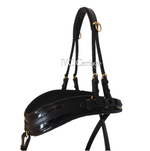
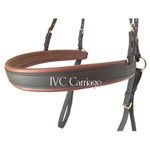
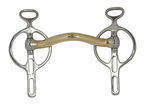
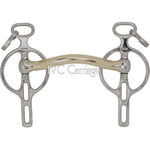
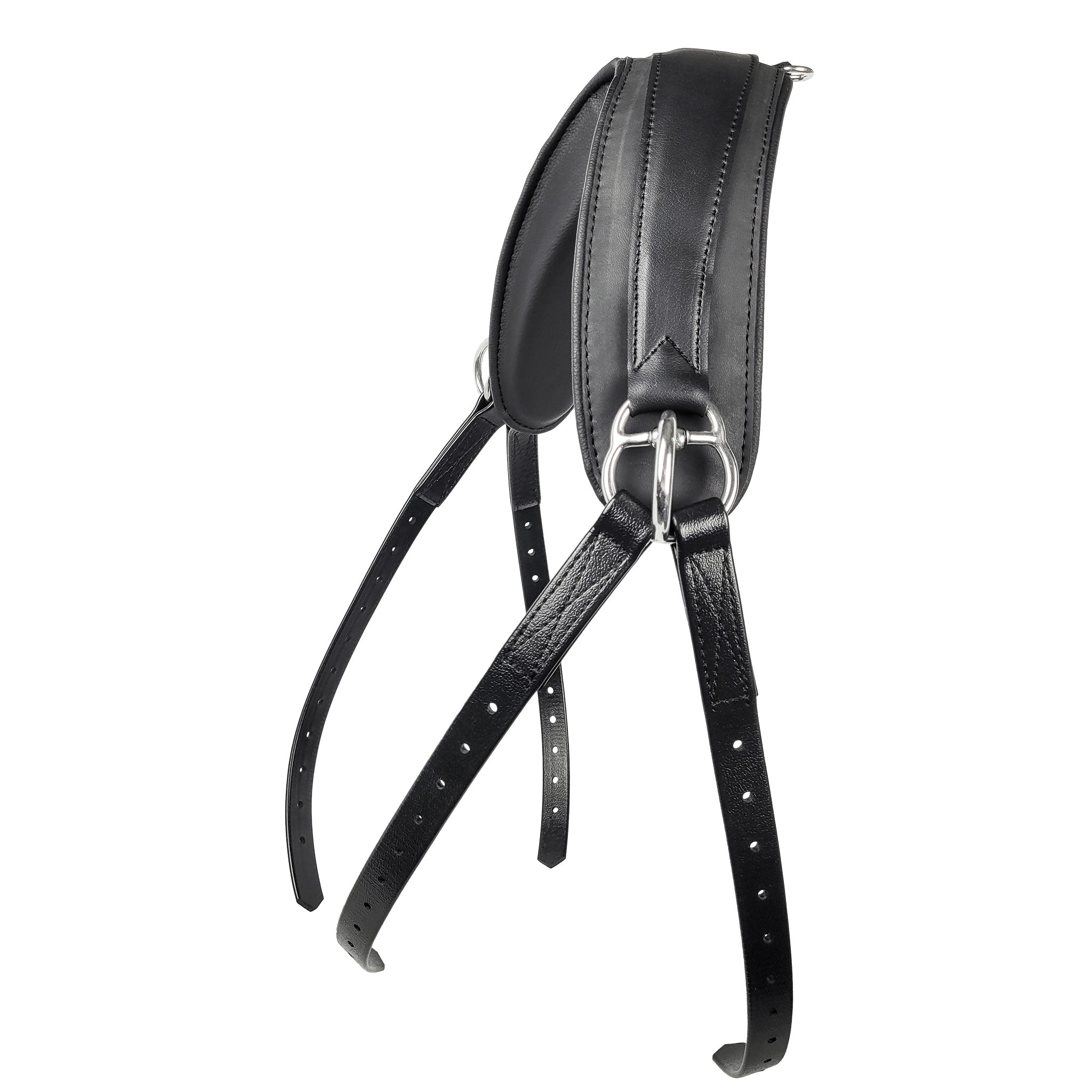
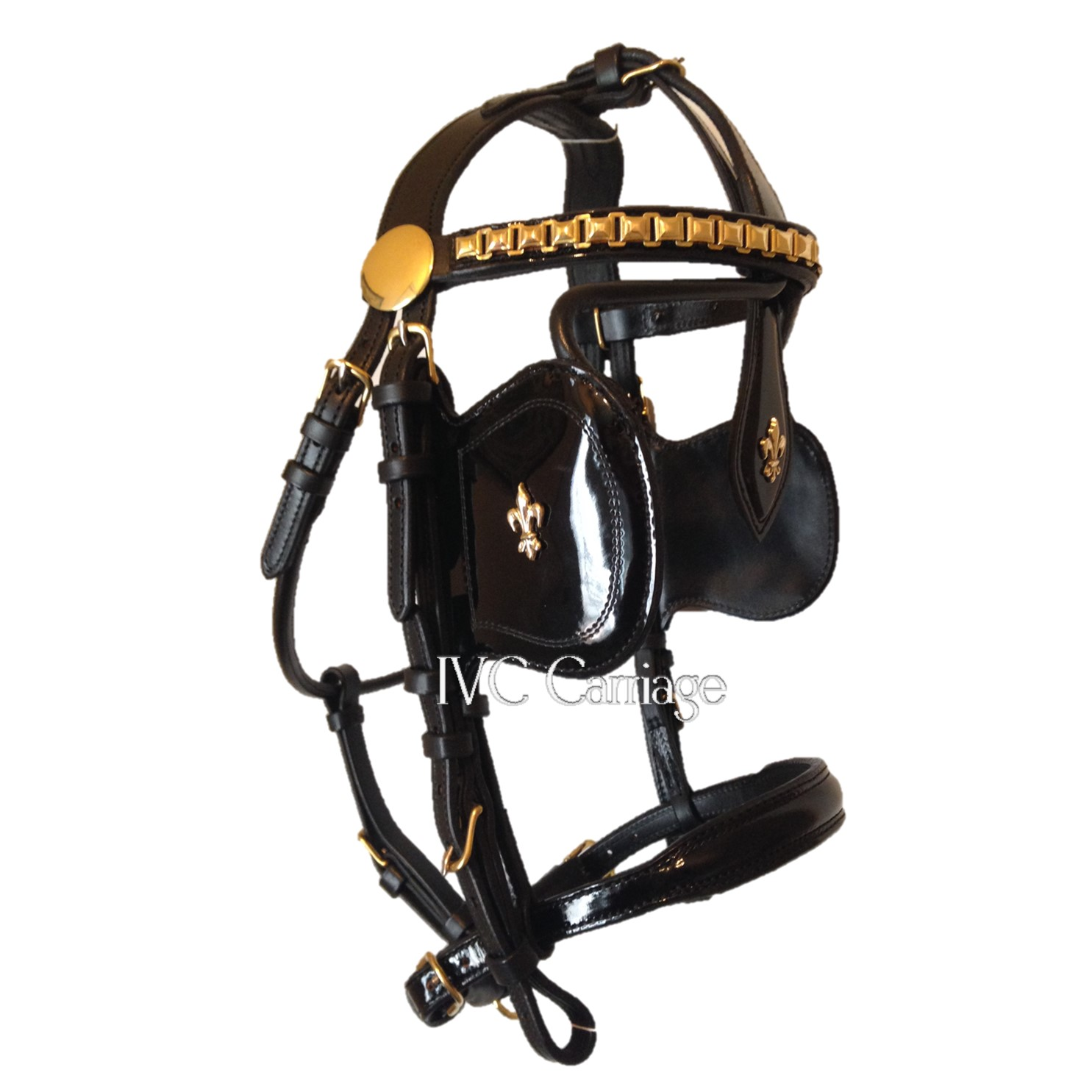
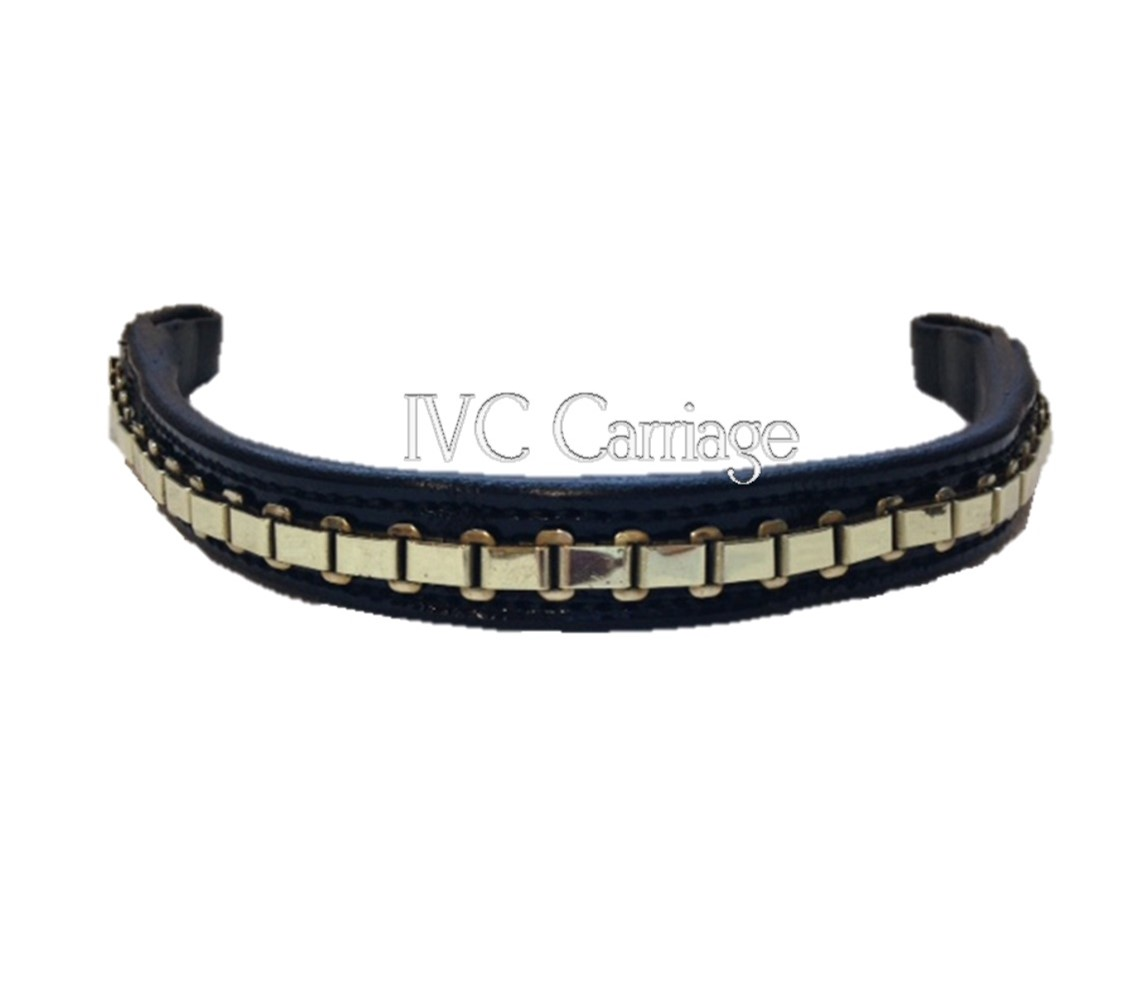
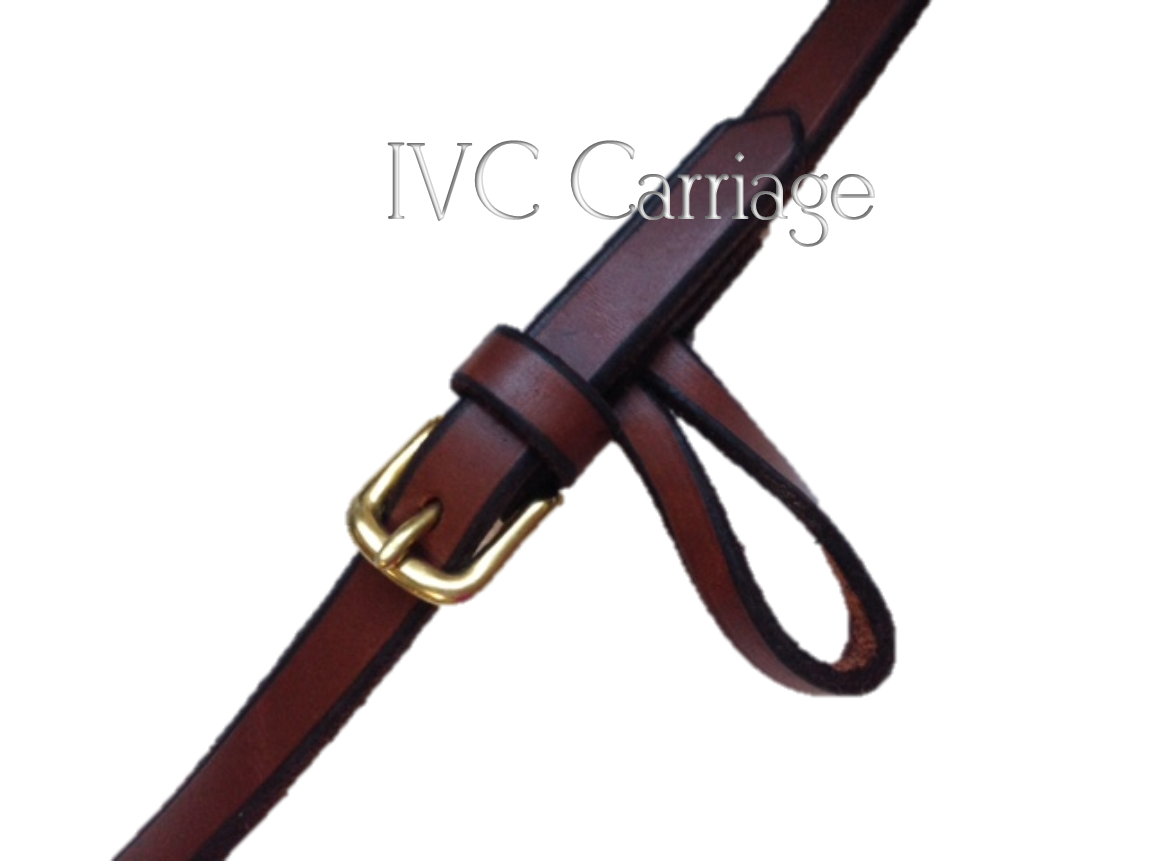
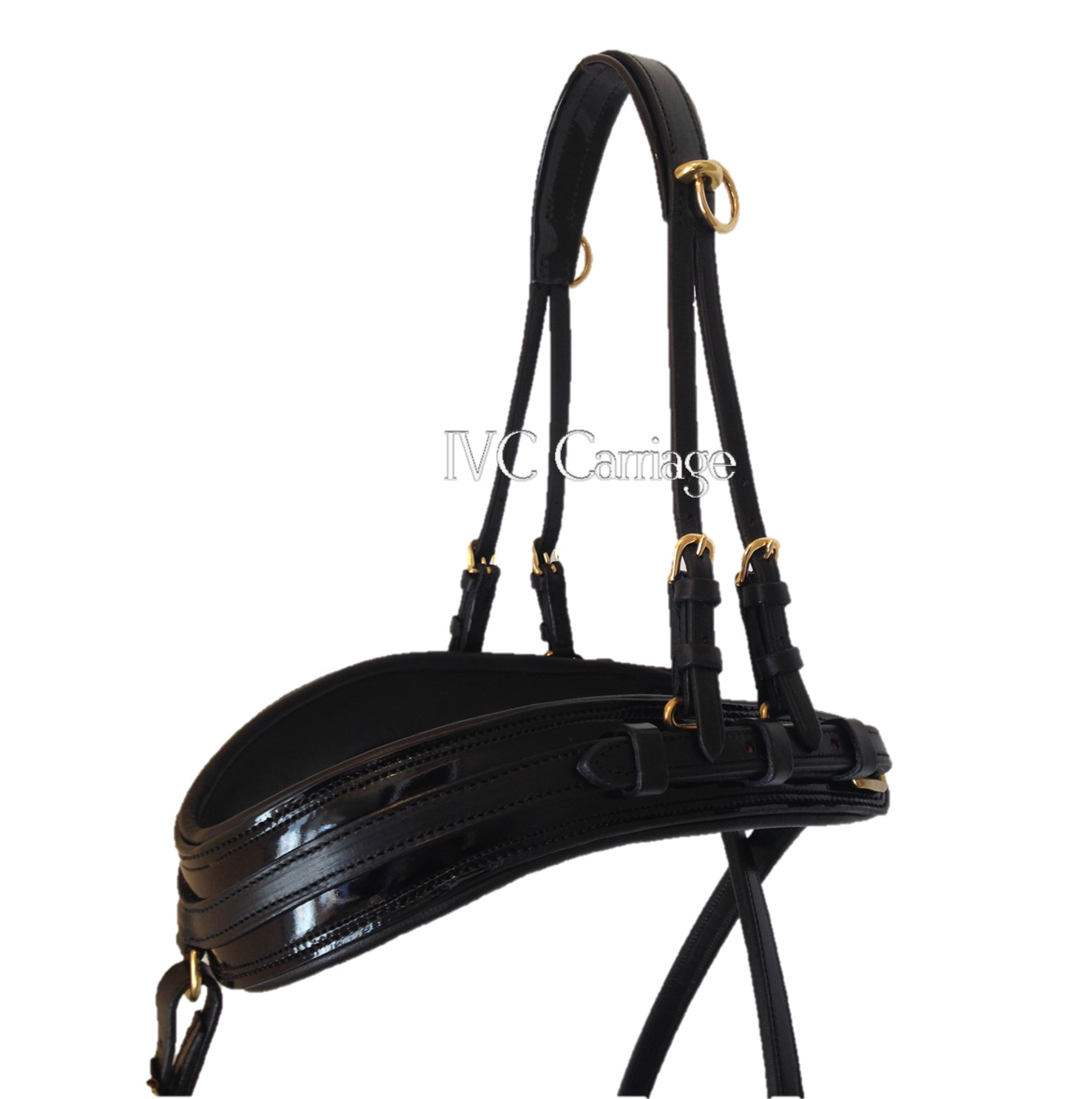
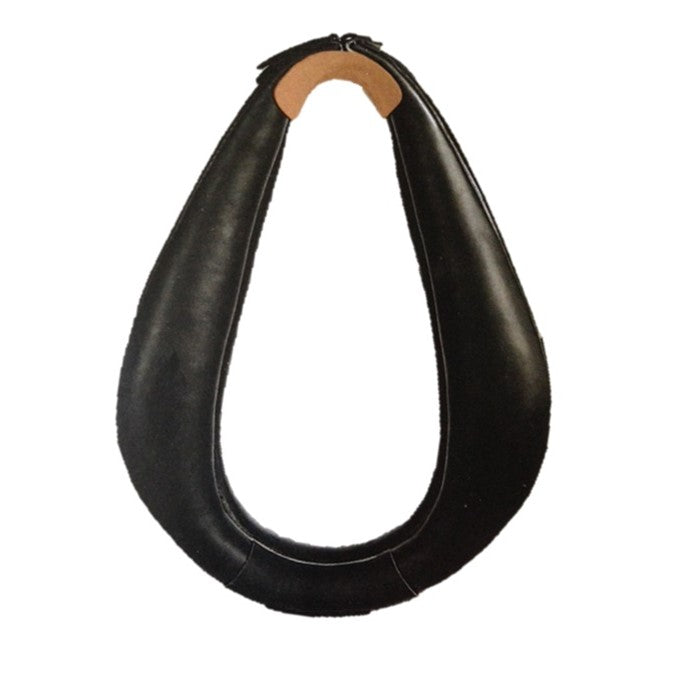
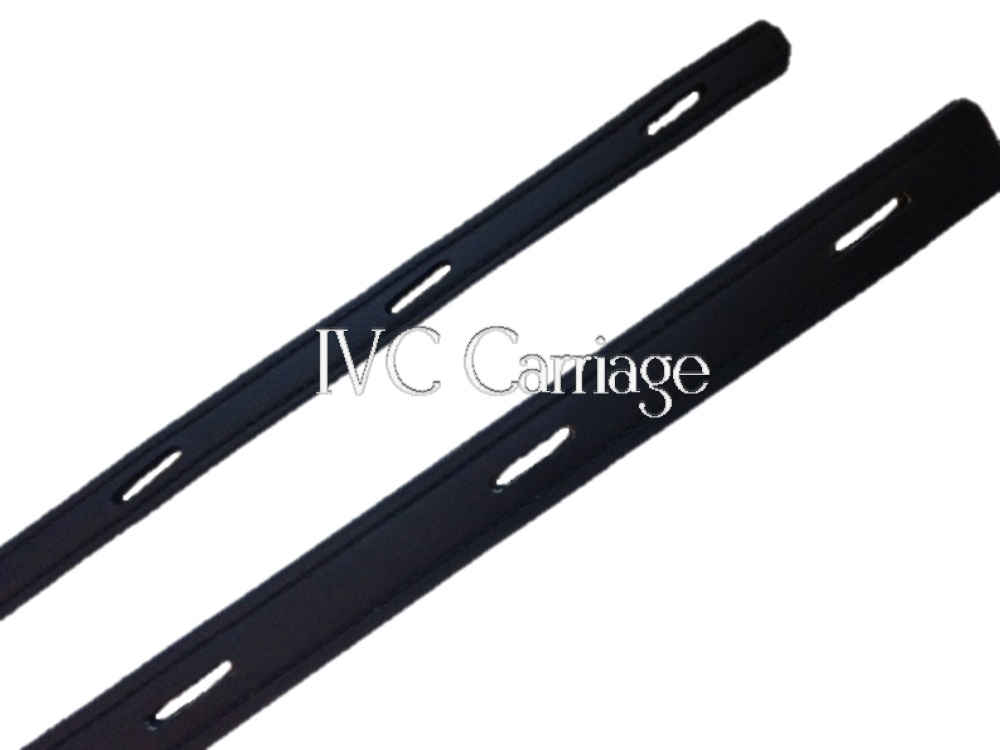
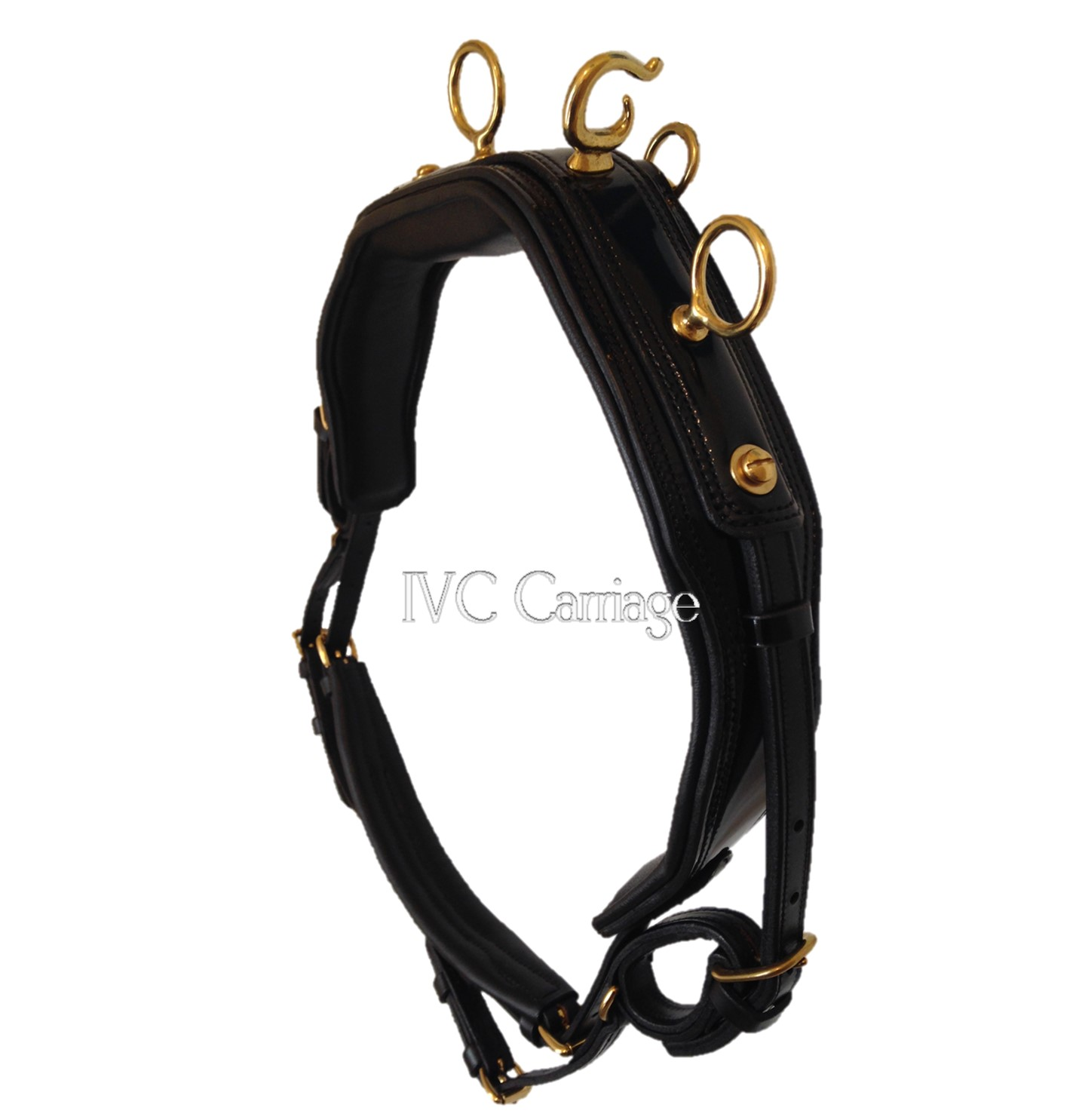
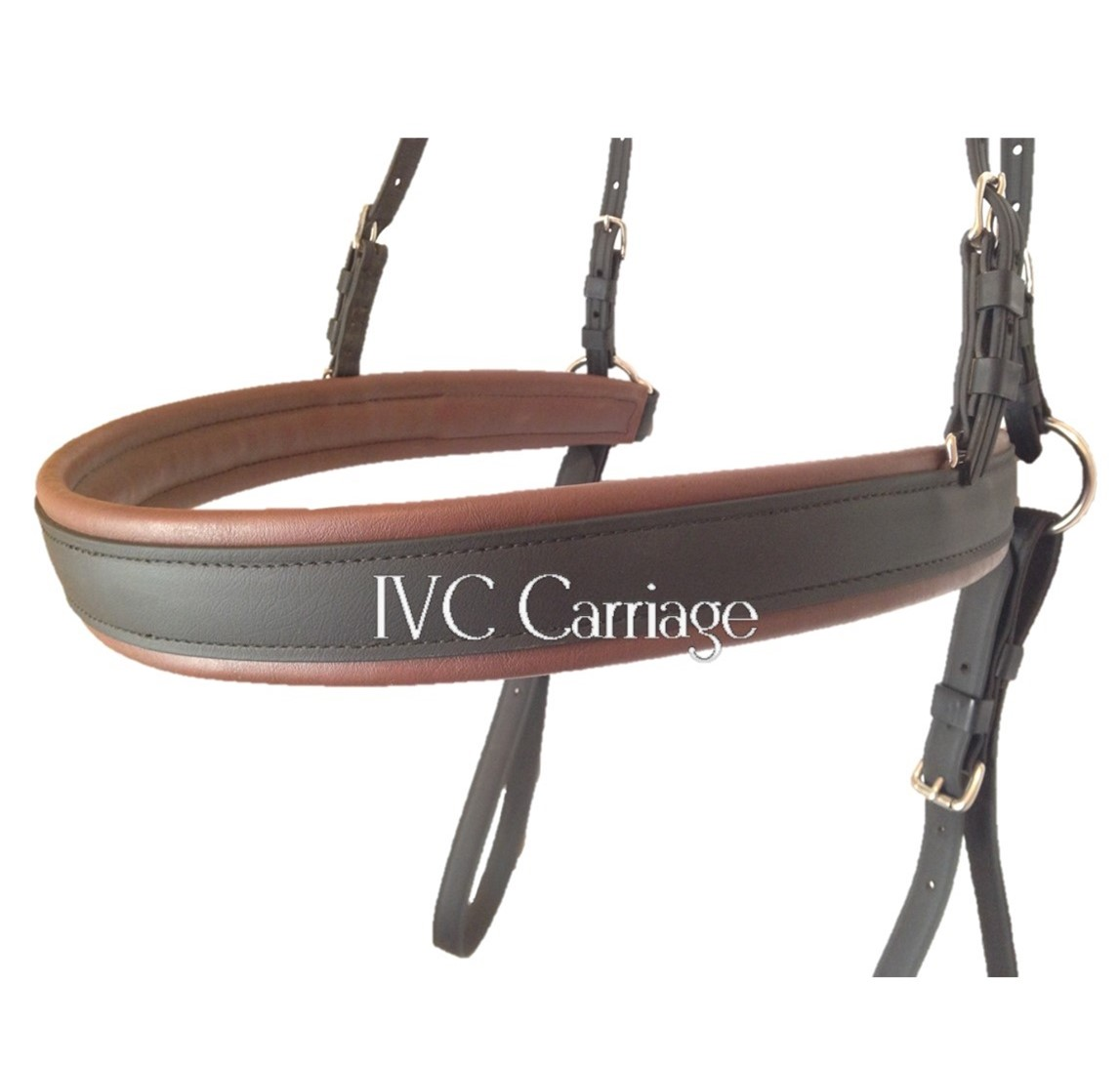
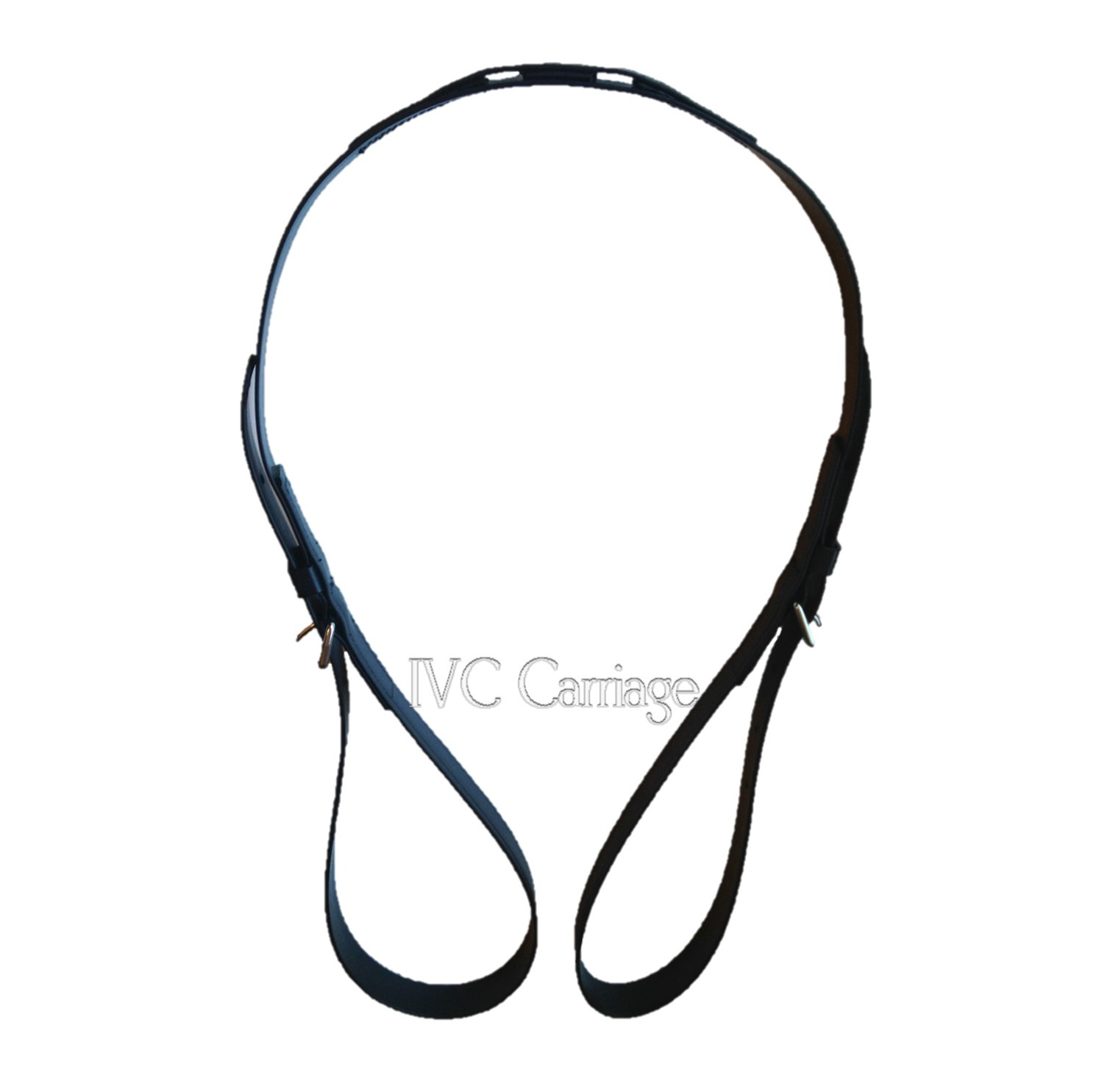
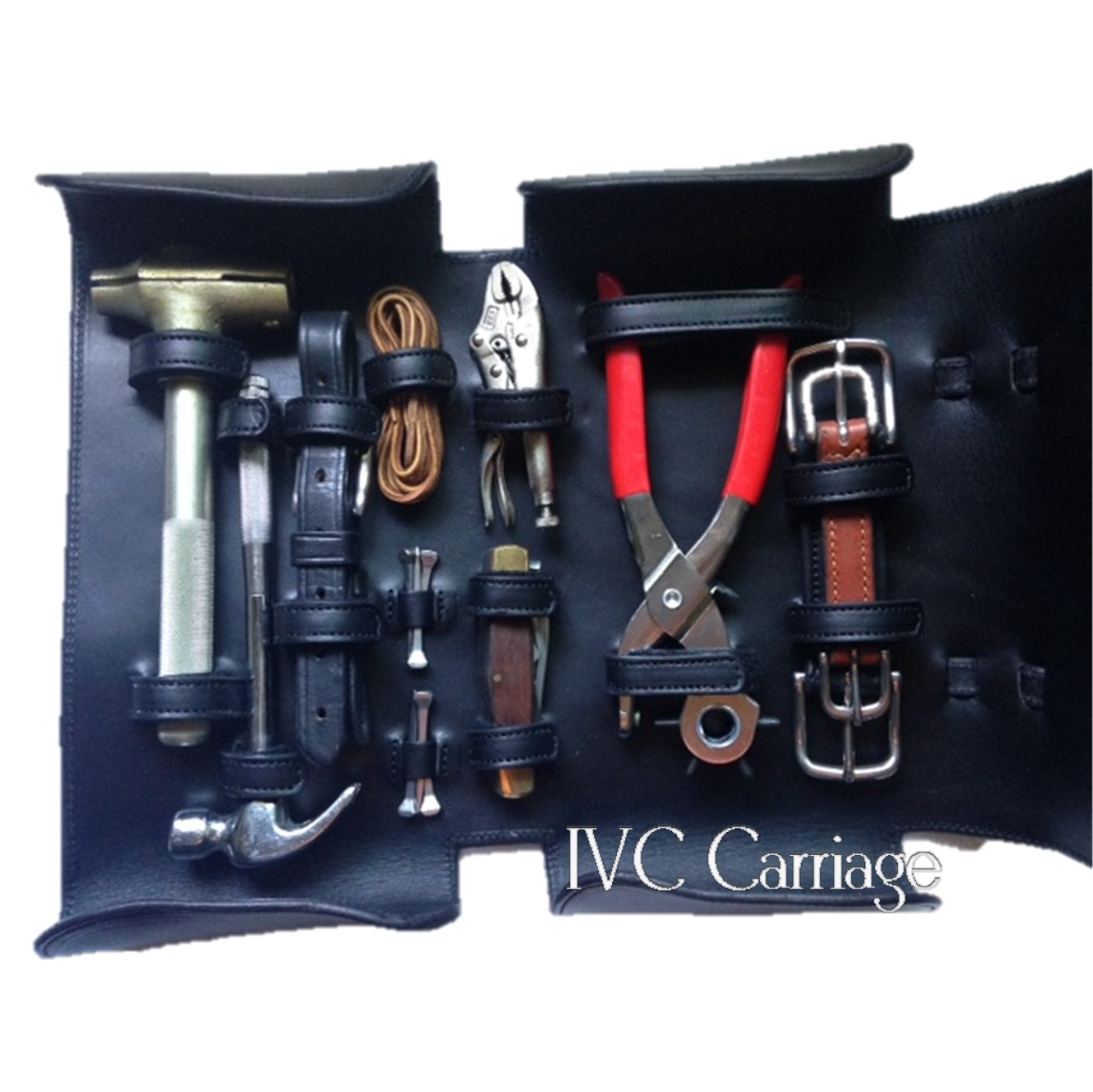

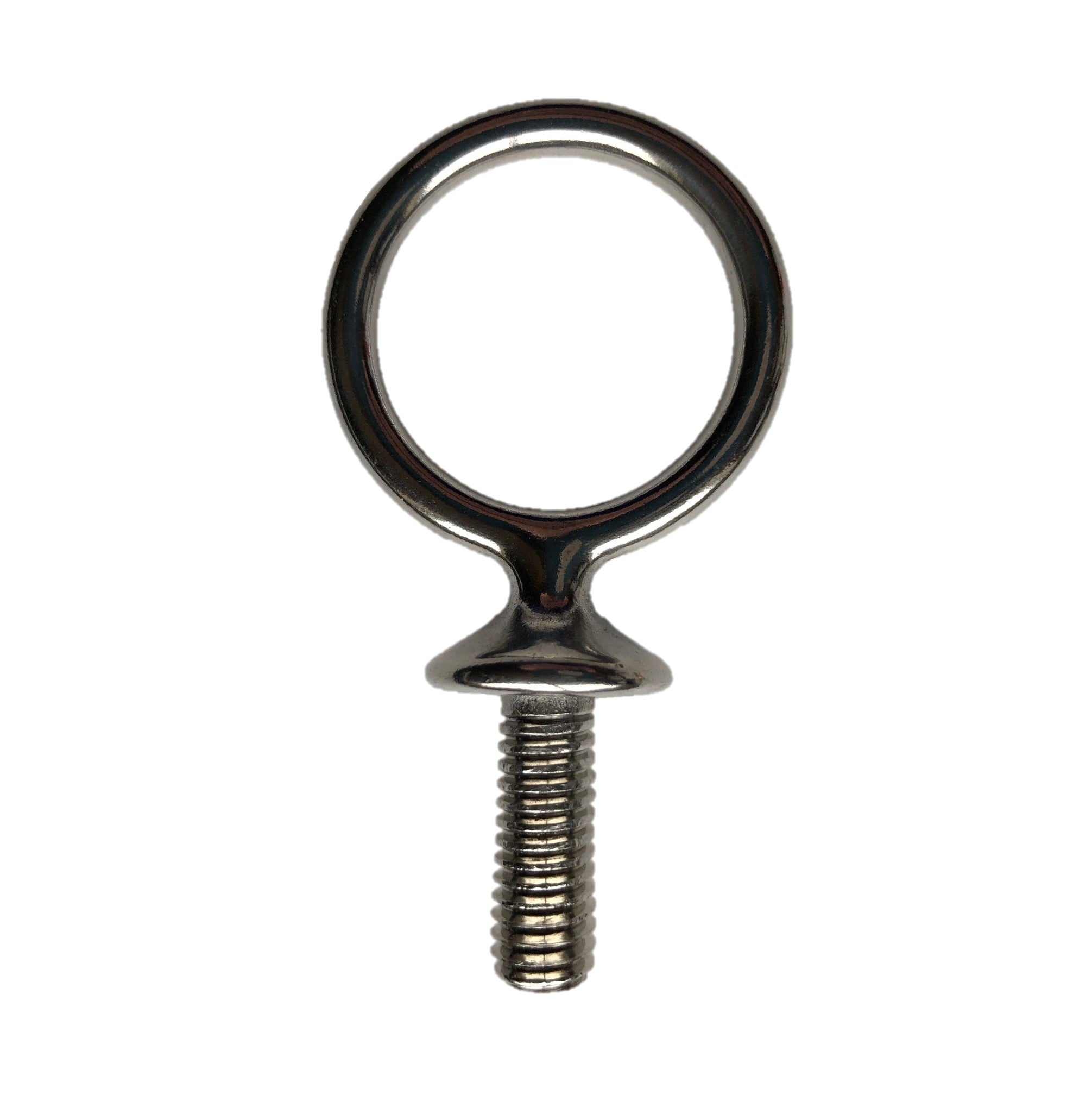
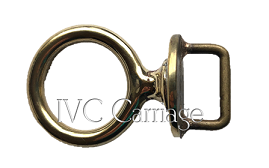
1 comment
Eileen Leek
reading articles: Loved this one, great information that we sometime forget about as we get so used to just putting the same harness on our wonderful partners,